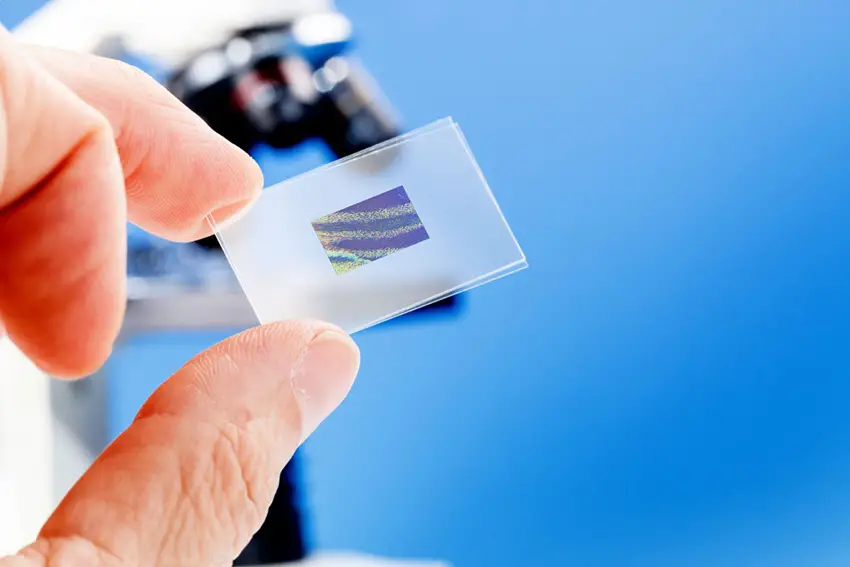Google has now taken computer technology to a new level by using computer based reasoning to aid in the detection of breast cancer. The machine is “taught” to look for cell patterns within the tissue slides, much like a pathologist does. To this date, the level of machine accuracy was higher than that of a human pathologist.

Increased Accuracy
The goal in using computer technology to help detect breast cancer was to achieve better results than those obtained by using a human pathologist. The accuracy rate of a human is typically 73% , while the machine was able to obtain 89% accuracy.
When using human pathologists, there is always the chance of missing the smallest details, plus you can easily get two different conclusions from two different people. Google’s method is to input extremely large amounts of data into the system and to train the machine to search for patterns.
Google Uses “Deep Learning”
Deep learning is defined as a computational method that allows an algorithm to program itself. The computer does this by referring to a large number of examples that show it what needs to be done. After studying billions of donated images, the computer was able to autonomously learn and detect a pathology.
Not only has this method been used in the detection of breast cancer, it has previously been used to create an algorithm that would automatically detect retinal damage in the eyes of diabetes patients. This research proves that humans can incorporate the use if artificial intelligence to help them in making more accurate medical diagnoses.
Other Companies Are Following Google
As you might imagine, other companies are interested in getting in on this important research. IBM also now has a system that can autonomously learn to identify a pathology. Their method of “teaching” the computer is similar, in that they speed up the training of the computer by having it “study” 30 billion images obtained from hospitals, clinical research organizations, and pharmaceutical companies. They have used this method to detect abnormal narrowing of coronary arteries.
Will Computers Eventually Replace Doctors?
While having a highly trained computer system may help assist a doctor in making a medical diagnosis, it will never replace the doctor entirely. We will always need the knowledge and expertise of an actual human and the computer will only be able to detect certain areas that it has been trained to detect.
However, when used in conjunction with a human doctor, the computer could be used to alert the doctor of anything that seems out of ordinary. The computer may also help the doctor to better determine the size of a tumor, which is essential in predicting the prognosis of a patient.
While computer technology will never totally replace the training and expertise of medical professionals, there is room for it in the medical field. By using the combination of human knowledge and computer knowledge, they can work together to help assist each other in the diagnosing and perhaps even treatment of illnesses. This could lead to more accuracy and less guess work when it comes to diagnosing diseases such as breast cancer, which could lead to earlier detection and perhaps even be life saving.
[Image via Google Images]
